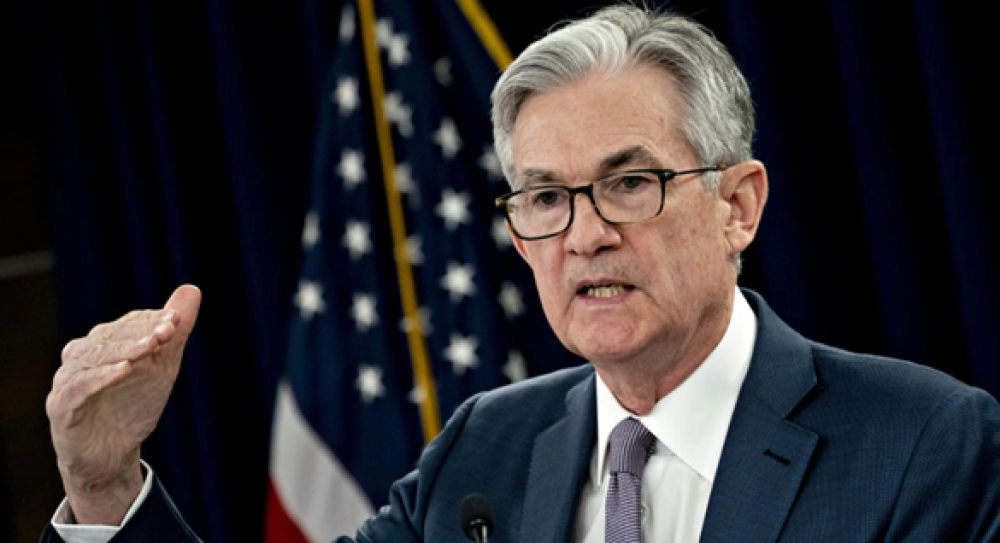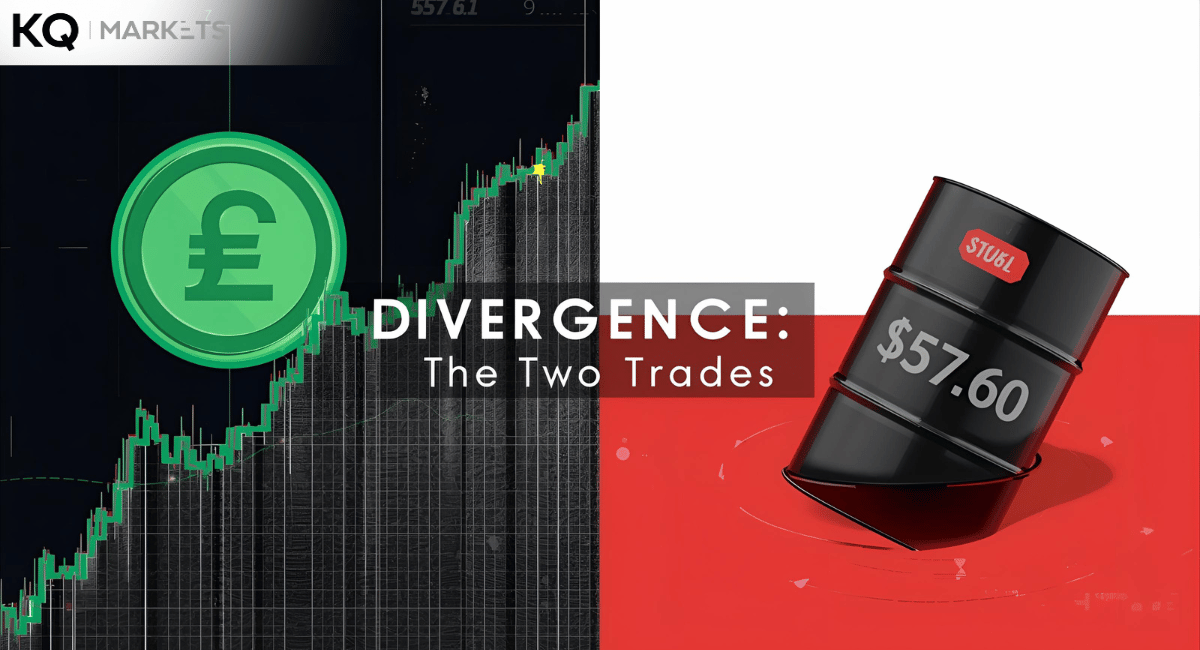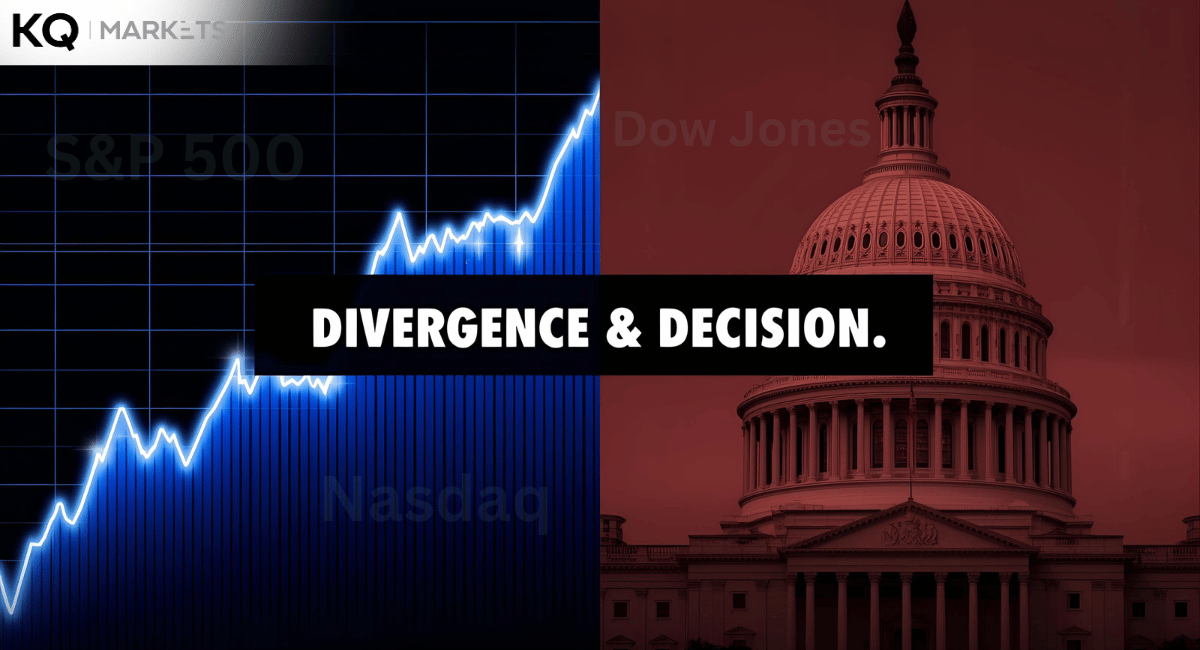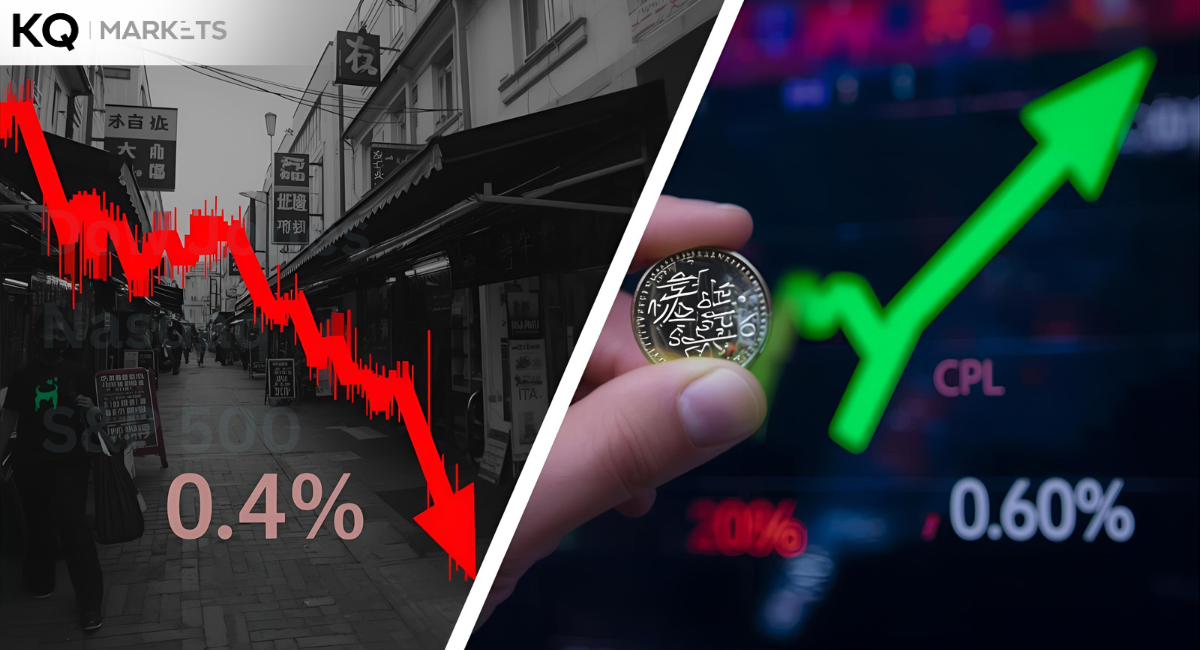The Federal Reserve has announced a 50-basis point interest rate hike, resulting in a volatile market that saw the US stocks close lower. Meanwhile, its economic projections indicate likely longtime higher rates hikes. The chairman talked of possible 75-basis points borrowing costs increases before the end of 2023 due to near-stalling economic growth and rising unemployment.
The quarterly economic projection indicates that major central banks must facilitate a policy rate of about 4.25%-4.5%. Furthermore, these rates could escalate to 5.1% before the end of next year. These figures were announced following a median estimate among 19 Federal Reserve policymakers. It marked a significant increase from the 4.6% projection by the end of September. The chair insisted it is still early to rule out higher interest rate raises.
The Reserve remains dedicated to making banking policies that are restrictive enough to slow the inflation rate to about 2%. One of the effective methods to attain these results is through aggressive interest rate hikes that have dominated the past months. Although conditions have eased to some extent, the Federal Reserve is adamant about not relaxing the rate hikes until the economy creates more job opportunities to solve unemployment.
In any case, the IXIC (Nasdaq Composite) fell by 0.76% or 85.93 points to 11,170.89, the SPX (S&P 500) dropped by 0.61% or 24.33 points to 3,995.32, and the DJI (Dow Jones Industrial Average) fell by 0,42% or 142.29 points to 33,966.35. Almost all the major S&P sectors closed in the negative territory, with the SPXHC (healthcare) marking the sole advancer. Yet, the SPSY (Financials) marked the most declined industry after dropping by 1.29%.
The plan to initiate aggressive borrowing cost hikes among major central banks worldwide has raised concerns that the global economy could collapse. It has also weighed heavily on most risk assets, such as equities. All the major Wall Street averages are on track after facing a radical decline since 2018, and marking the biggest decline since the 2008 financial crisis. TSLA.O (Tesla Inc.) dropped by 2.58% after analysts tripped the EVs price tag.
Above all, CHTR.O (Charter Communications Inc.) fell 16.38% after brokerages cut price targets due to telecom services' mega-spending intentions for a higher-speed internet renovation. The S&P 500 showcased two new lows and eight new 52-week highs, while the Nasdaq Composite marked 223 new lows and 82 new highs. Overall, a 1.42-to-1 ratio favored decliners on the NASDAQ, while the advancing issues were lower than the declining ones by a 1.39-to-1 ratio on the NYSE.
Thank you for your attention and stay tuned for the most recent financial market changes. KQ Markets also provides an opportunity to open a free demo trading account. One can also start trading journey by learning to trade and practise at demo account. You can also direct access economic calendar here for free.
Read Also:
China Protests Rock Markets, Musk Lashes Out at Apple
UK Inflation Falls From 41-Year High as Fuel Price Surge Eases





